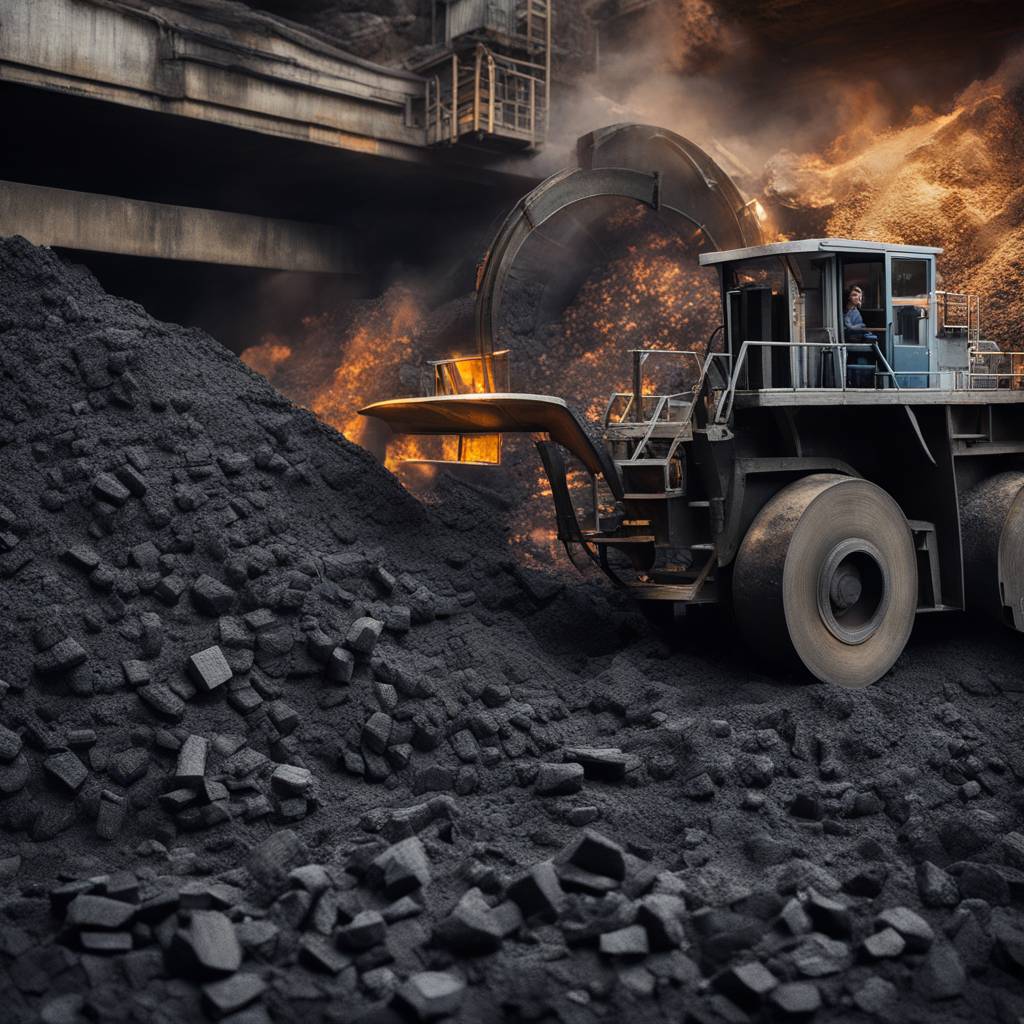Whitehaven’s Narrabri coal mine has been found to emit more than double the amount officially estimated, raising concerns about the impact on the environment and climate change. The Mackay Conservation Group has emphasized the importance of keeping coal in the ground to protect people and the environment. The Environmental Defenders Office will be representing the group in court, although a hearing date has not yet been set. Despite the discrepancies in emissions estimates, the Queensland government has already approved the project, with federal approval still pending.
The Australian Conservation Foundation has also highlighted issues with Whitehaven Coal’s Maules Creek mine, stating that reported emissions were four times higher than the company’s estimates during government approval processes. If successful in court, the decision may not directly impact the Queensland government’s position, as Land Court rulings typically serve as recommendations to key decision makers. However, Queensland authorities have historically followed these recommendations. Whitehaven Coal has defended the project, emphasizing the benefits it will bring to Queensland and international trading partners. The company claims to have made efforts to minimize environmental impacts and has outlined plans for managing emissions.
Despite Whitehaven Coal’s efforts to mitigate environmental impacts, the emissions generated when coal from the mine is burnt overseas are not covered in their greenhouse gas management and abatement plan. This raises further concerns about the contribution of the mine to global emissions and climate change. The potential damage to groundwater, the reef, and the region as a whole has been a focal point for critics of the project. Imogen Lindenberg from the Mackay Conservation Group has emphasized that no amount of money can restore the damage caused by the mine. It remains to be seen how the court case will unfold and what impact it will have on the project’s future approvals.
The discrepancy between estimated and actual emissions from Whitehaven’s coal mines highlights the challenges in accurately assessing the environmental impact of such projects. The case also raises broader questions about the regulation of coal mines and their contribution to climate change. While the company has defended its practices and outlined measures to minimize impacts, critics argue that the long-term consequences on the environment and climate must be taken into account. The court case will be a crucial moment in determining the future of the Narrabri coal mine and the extent of its impact on the region and beyond. It remains to be seen how the Queensland government and other key decision makers will respond to the findings and recommendations resulting from the legal proceedings.


